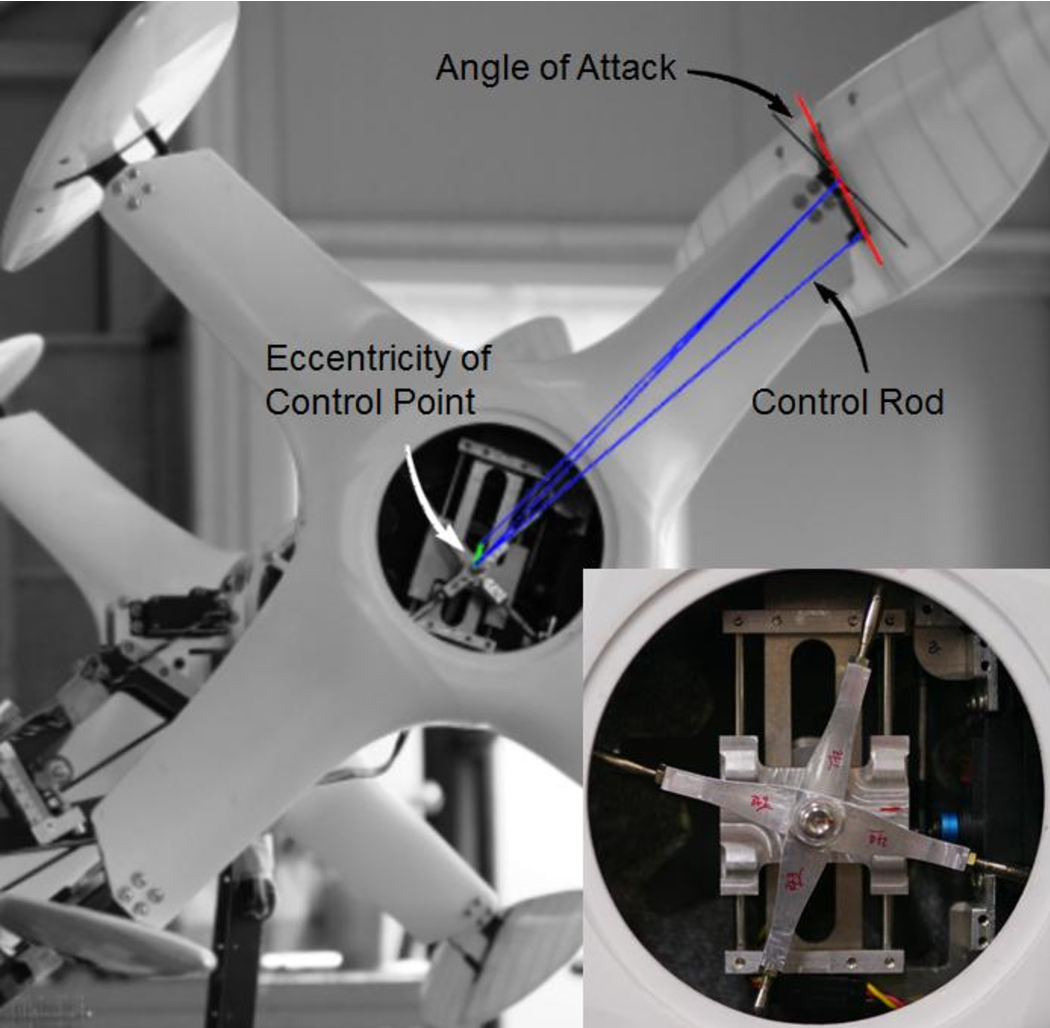

This is a highly detailed and relatively expensive method.īennani et al. A 3-D algorithm was then used to follow the crack propagation. At each crack propagation step, the principal and von Mises stresses were computed, and the interface between ice and blade assumed to delaminate if either stress exceeded a critical value. For helicopter rotors, a similar process was used to extract the 3-D ice shape, but the aerodynamic force was assumed negligible compared to the centrifugal force. A 2-D crack propagation package was developed from which the shape of the shed-ice piece was computed. Firstly, the shape of ice on the blade before shedding was determined and the pressure from the flow solution extracted and applied on the ice shape. For wings, the 2-D flow solution, the clean grid, and the iced grid were used. developed two-dimensional (2-D) and three-dimensional (3-D) finite element analyses of ice breakup on wings and rotors. Researchers have modeled these two phenomena with varying levels of complexities that are discussed next. The resulting detached shape of ice is determined by the interaction of these forces, and the subsequent ice trajectories are influenced by the shed-ice shape and its interaction with the flowfield. The forces and motions that contribute to the development of these stresses can generally be identified as 1) centrifugal forces due to the high rotational speed of rotors, 2) aerodynamic pressure forces acting on the ice directly, 3) thermal stresses because of phase change in the accreted ice, and 4) the bending of the blade due to aerodynamic forces and structural vibrations.

Ice shedding from rotorcraft is governed by the interaction of multiple forces that impose cohesive or tensile stresses within the ice and adhesive or shear stresses at the metal–ice interface, affecting ice–ice bonding and metal–ice bonding. Hence, the prediction of ice shedding and its trajectory is vital in preventing structural damage to rotorcraft by the impact energies of shed-ice pieces. Rotor ice detaching naturally but unevenly causes rotor imbalances and severe vibrations and, depending on the helicopter’s configuration, ice shape, and flowfield, may damage other blades, the fuselage, or the tail rotor.

In the case of a helicopter, it loses thrust and undergoes a torque rise. I ce accretion on any aerodynamic surface, be it an aircraft wing or propeller, or a helicopter rotor blade, leads to significant performance degradation, such as diminished stall angles and greater drag.


 0 kommentar(er)
0 kommentar(er)
